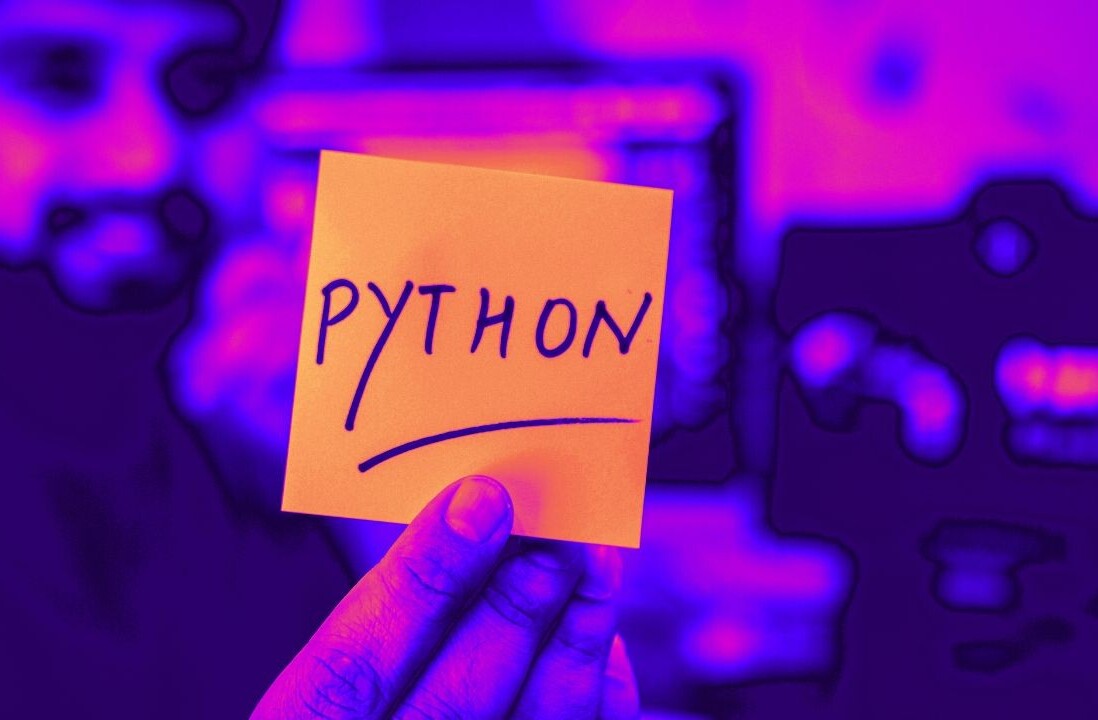
Move over Clojure, there’s a new kid on the block; Zig has emerged as the best-paying programming language for developers in 2024.
That’s according to the latest Stack Overflow survey. The poll, which included 89,184 software developers across 185 countries, found that Zig developers command the highest median salaries, earning $103,000 per year on average.
Just 0.83% of the surveyed developers reported they were proficient in Zig, underscoring its relative obscurity and scarcity in the talent pool.
3 well-paid tech positions hiring now
- Project Delivery Manager (H/F/X), Octopus Energy Group, Paris
- Administrator FLUX GATEWAY / Secure TRANSPORT H/F, Consort France, Paris
- Software Engineer Kotlin (all genders), adesso SE, Berlin
This scarcity, coupled with the ever-increasing demand for high-performance systems programming, has likely contributed to healthy compensation figures for Zig developers.
There have been shifts in the earning potential of other programming languages too. Clojure, which held the top spot in 2022, experienced a 10% decrease in median pay, knocking it from its pedestal. Meanwhile Dart and SAS saw the highest increase in median pay during 2023, growing more than 20% year-over-year.
What is Zig?
Lead developer and president of the Zig Software Foundation, Andrew Kelley, describes Zig as a “general purpose programming language and toolchain for maintaining robust, optimal and reusable software.”
As a low-level language, it’s considered ideal for those who value speed and size, and has been pitched as an heir to C, though with fewer keywords and a safer platform.
The C preprocessor is a very strong tool but according to Kelley:
“The problem with the preprocessor is that it turns one language into two languages that don’t know about each other. Regardless of the flaws, C programmers find ourselves using the preprocessor because it provides necessary features, such as conditional compilation, a constant that can be used for array sizes, and generics. Zig plans to provide better alternatives to solve these problems.”
Run as a non-profit, it has a very active contributor community where developers are encouraged to use Zig for open-source personal projects so that real-world issues can emerge and be dealt with.
Zig’s consistent memory management, which incorporates functions like compile-time memory tracking and automated memory deallocation, is one of its main advantages.
And because it can easily be integrated with existing projects due to its compatibility with C codebases, it’s a great option for systems programming, embedded systems, game creation, and scripting.
Despite being relatively new — since 2015 to be exact — Zig is still in its early stages of development. This means that steep (and time-intensive) learning curves may possibly lie ahead.
However, Kelley is naturally positive about its capabilities, saying that part of the Zig project is providing an alternative to libc. This means users can design a new API without some of the mistakes made in the 1970s still lurking, and with the benefit of 20:20 hindsight.
Developer view
Despite Zig being well-paid, it’s not on the radar of most programmers. So, where does it rank in the wider language ecosystem?
Well, for the eleventh year in a row, JavaScript remains the most widely-used programming language, according to the Stack Overflow survey, and this is followed by HTML/CSS.
Python is now the third most-popular language, surpassing SQL, but it ranks top among non-professionals who are learning to code.
Interestingly, professional developers report using SQL more than Python (52% vs. 45%), while student developers use Python more than SQL (59% vs. 37%).
The top three technologies for professional developers remain the same as the previous year: SQL, HTML/CSS, and JavaScript.
This year, a few technologies (Bash/Shell, C, Ruby, Perl, and Erlang) advanced one position, while two (Elixir and Lisp) advanced two positions. The major mover was the embeddable scripting language Lua, which rose seven places since 2022.
Zig ranks all the way down in 41st place for all respondents, finds itself in 40th place for professional programmers, ranks 37th for those learning to code, and nabs the 36th spot for other coders — generally hobbyists and former professionals.
Of course, if you can find an organization that uses, values, and rewards Zig, then the salary rewards can be plentiful.
3 more EU roles hiring now
- .NET Software Engineer product teams, Exact, Delft (€40,000- €70,000)
- Senior BI Developer, Samsung Electronics, Amsterdam
- DevOps Engineer API Platform, DPD Deutschland GmbH, Aschaffenburg
Interestingly, its founder Kelley publishes the not-for-profit’s financial particulars online for the world to see, while he accepts $108,000 per year before tax, just slightly above the average of the 259 Zig users who responded to the survey.
Zig may be more widely-adopted in the future, but other tech skills can offer more immediate gains, if increasing your salary is your current priority.
If you’ve recently browsed a job board, it’s likely you’ll have already clocked some of the high salaries on offer.
Jobs site Indeed ranks Gen AI as the best-paid tech skill of 2024, with an average salary potential of $174,727. Making up the rest of the top five, system-on-chip garners $174,564, deep learning nabs $108,939, Torch pulls in $169,874, and PyTorch sits at $168,636.
Following these is computer vision at $166,873, SystemVerilog with $165,832, Mesos with $165,788, Rust at $165,637, and Elixir is in tenth place with $165,245. Not too shabby.
Ready to increase your earning power? Start browsing The House of Talent Job Board today
Get the TNW newsletter
Get the most important tech news in your inbox each week.





